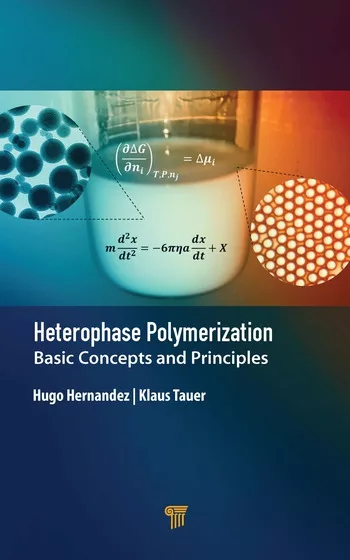Ask Dr. Dave
Adhesive and sealant troubleshooting tips from Dr. Dave Dunn.
Question: I need to bond cement board to the metal surround of a wood fireplace so I can tile over the surface. The metal surface was previously tiled over directly with quarry tile. I’m not sure what mastic was used, but the tile was secure for 20+ years. Can you recommend an adhesive for this application?
Answer: Because you need very good heat resistance for this application, the types of adhesives that you can use are limited. I would suggest that you try a high-temperature silicone. The flexibility of the cured silicone will also help in overcoming the difference in thermal expansion coefficients of the metal and cement board. You should be able to find a high-temperature silicone in your hardware store or home center. If this proves difficult, use a version designed for high-temperature automotive applications - these are almost always red in color due to the color of the high-temperature additives used.
Question: We are using an alkoxy RTV silicone to gasket an automotive casting but cannot get really good adhesion to the parts, even though the manufacturer of the silicone says we should get cohesive failure after full curing. What can we do to improve this?
Answer: This is a fairly common problem with cast parts because of the use of mold lubricants during the casting operation. Although one might expect any sort of lubricant to volatilize in contact with the molten metal, this is not the case in practice. Put some water drops on the surface and see if they bead up or spread out. I am sure you will see beading up, which indicates a mold release. Try to find out from the caster what release agents he uses - common ones include graphite, stearates and silicones - and see if it is possible to eliminate them. Otherwise, you will have to clean and prepare the surface for bonding. Sometimes a simple detergent wash will do the trick. In more extreme cases, organic solvents and an acid etch may be necessary. You can also use adhesion promoters that produce silanol groups on the surface that are very compatible with the RTV silicone. However, if adhesion promoters are used, you have to be aware that they often have a limited on-part life and that the parts must be assembled during this period.
Question: I need to bond cement board to the metal surround of a wood fireplace so I can tile over the surface. The metal surface was previously tiled over directly with quarry tile. I’m not sure what mastic was used, but the tile was secure for 20+ years. Can you recommend an adhesive for this application?
Answer: Because you need very good heat resistance for this application, the types of adhesives that you can use are limited. I would suggest that you try a high-temperature silicone. The flexibility of the cured silicone will also help in overcoming the difference in thermal expansion coefficients of the metal and cement board. You should be able to find a high-temperature silicone in your hardware store or home center. If this proves difficult, use a version designed for high-temperature automotive applications - these are almost always red in color due to the color of the high-temperature additives used.
Question: We are using an alkoxy RTV silicone to gasket an automotive casting but cannot get really good adhesion to the parts, even though the manufacturer of the silicone says we should get cohesive failure after full curing. What can we do to improve this?
Answer: This is a fairly common problem with cast parts because of the use of mold lubricants during the casting operation. Although one might expect any sort of lubricant to volatilize in contact with the molten metal, this is not the case in practice. Put some water drops on the surface and see if they bead up or spread out. I am sure you will see beading up, which indicates a mold release. Try to find out from the caster what release agents he uses - common ones include graphite, stearates and silicones - and see if it is possible to eliminate them. Otherwise, you will have to clean and prepare the surface for bonding. Sometimes a simple detergent wash will do the trick. In more extreme cases, organic solvents and an acid etch may be necessary. You can also use adhesion promoters that produce silanol groups on the surface that are very compatible with the RTV silicone. However, if adhesion promoters are used, you have to be aware that they often have a limited on-part life and that the parts must be assembled during this period.
Links
Looking for a reprint of this article?
From high-res PDFs to custom plaques, order your copy today!






